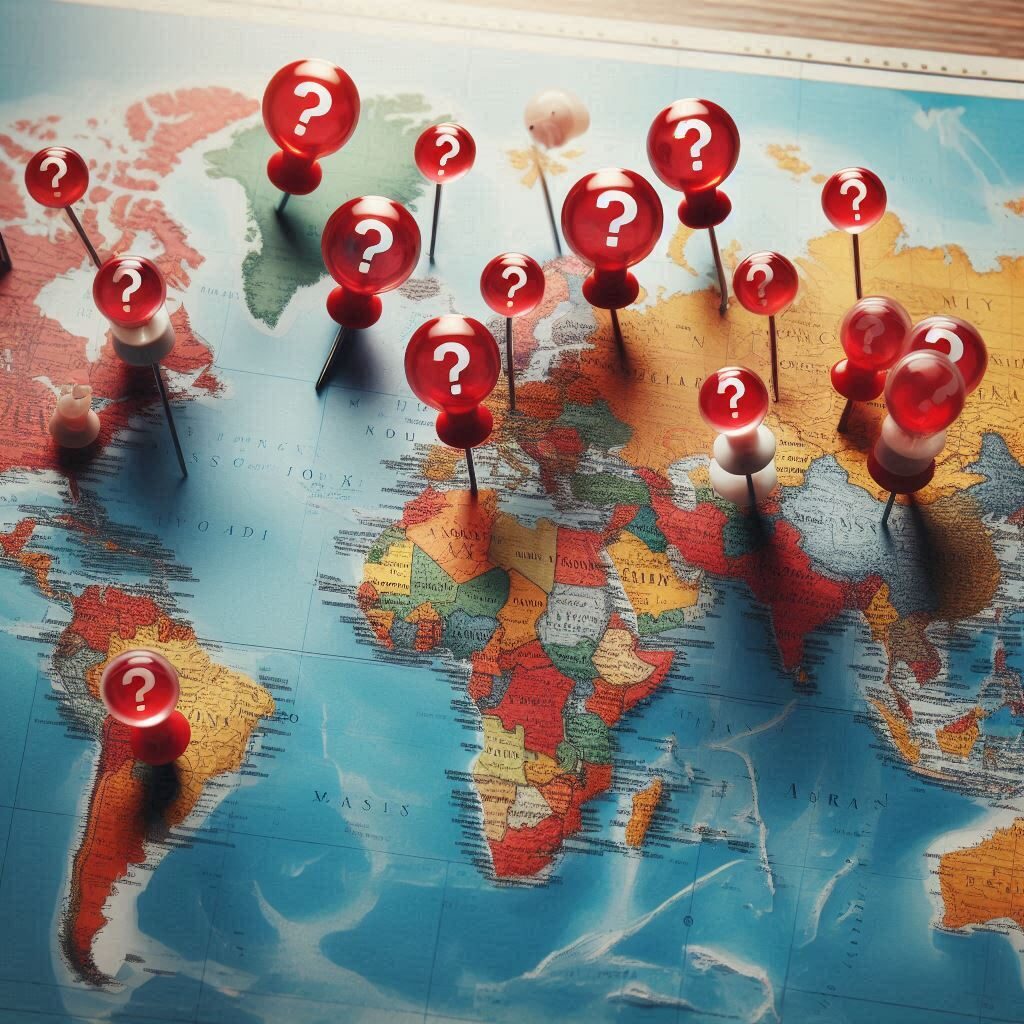In today’s interconnected world, travel has become a cornerstone of cultural exchange. Souvenirs, those tangible keepsakes we bring back from our adventures, play a vital role in this exchange. They serve as a reminder of cherished experiences, a conversation starter about different cultures, and a way to share a piece of the world with loved ones back home. However, successfully exporting souvenir crafts requires more than just beautiful designs and quality workmanship. Understanding and adapting to the cultural nuances of your target market is paramount.
The Global Appeal of Souvenirs

Souvenirs hold a special place in our hearts. They are more than just trinkets; they are mementos of travel experiences, transporting us back to bustling marketplaces, awe-inspiring landmarks, and the warmth of local hospitality. Souvenirs act as a bridge between cultures, fostering cultural exchange through the stories they represent. A hand-woven scarf from a Peruvian market tells a tale of ancient weaving traditions, while a carved wooden elephant from Thailand whispers of a rich artistic heritage.
Challenges of Selling Souvenirs Internationally

While the appeal of souvenirs is universal, navigating the international market presents unique challenges. One of the most significant hurdles is ensuring cultural sensitivity and avoiding appropriation. Symbols and imagery that hold deep meaning in one culture might be offensive or hold a completely different connotation in another. A vibrant red dress that signifies good luck in China might be associated with danger in some Western cultures. Similarly, imagery depicting religious figures or sacred practices needs to be approached with utmost respect.
Understanding foreign symbolism and colors is also crucial. The color white might symbolize purity in Western cultures, but in some Asian countries, it is associated with mourning. Certain animals might be revered in one culture but considered bad omens in another. Failing to recognize these subtleties can lead to misunderstandings and inadvertently offend potential customers.
Finally, there’s the delicate balance between authenticity and tourist preferences. Souvenirs that are deeply rooted in a particular culture might not resonate with tourists who are unfamiliar with the symbolism. The key lies in finding a way to adapt designs while still preserving the cultural essence of the craft.
Adapting Souvenir Designs for a Global Audience

Successfully exporting souvenir crafts requires a strategic approach to design adaptation. Here are some key steps to consider:
- Researching Target Market Preferences: Before embarking on design changes, conduct thorough research on your target market. What kind of souvenirs do tourists from that region typically buy? What are their color preferences and cultural sensitivities? Online surveys, focus groups with travel agencies, and consultations with local vendors can provide valuable insights.
- Universal Symbols and Themes: Incorporate universal symbols and themes that resonate with a global audience. Nature motifs like flowers, animals, and landscapes are generally well-received. Geometric patterns and shapes can also be a safe choice, as their meaning can be more open to interpretation.
- Maintaining Cultural Identity Through Design Elements: While adapting designs for international appeal, it’s important to retain elements that reflect the cultural identity of the craft. This could involve using traditional materials, incorporating subtle motifs from local folklore.
- Subtlety and Avoiding Offensive Imagery: Avoid using overly stereotypical imagery or symbols that might be perceived as offensive. For instance, depicting cultural figures in a cartoonish or disrespectful manner is a surefire way to alienate potential buyers. Focus on capturing the essence of the culture through more subtle design choices.
Tips for Successful Souvenir Craft Export

By following these tips, you can increase your chances of success in the international souvenir market:
- Conduct Thorough Market Research: As mentioned earlier, market research is crucial. Identify your target audience, understand their preferences, and tailor your designs accordingly.
- Partner with Local Artisans: Collaborate with local artisans who possess a deep understanding of their culture’s artistic traditions. They can provide valuable insights into adapting designs while preserving authenticity.
- Highlight the Cultural Story Behind the Craft: Don’t just sell souvenirs; sell the story behind them. Educate potential buyers about the cultural significance of the craft, the techniques used, and the heritage it represents. This storytelling element adds value and fosters a deeper connection with the souvenir.
- Prioritize Quality and Fair Trade Practices: Ensure your souvenir crafts are made with high-quality materials and fair trade practices. Tourists are increasingly conscious of ethical production, and supporting local artisans resonates with this growing trend.
Conclusion: Embracing Cultural Exchange Through Souvenirs
Selling souvenirs in the global market is a beautiful opportunity to share your culture with the world. By embracing cultural sensitivity, adapting designs thoughtfully, and highlighting the stories behind your crafts, you can contribute to a meaningful exchange between cultures. Souvenirs are more than just trinkets; they are ambassadors of cultural heritage, fostering connection and understanding in our interconnected world.
FAQs
- Q: How can I find out about cultural sensitivities in my target market?
A: Conduct online research, consult with cultural experts or travel agencies, and connect with local artisans who can offer valuable insights.
- Q: Is it okay to completely alter a traditional design for international appeal?
A: It’s important to strike a balance. While some adaptation is necessary, strive to retain elements that reflect the cultural essence of the craft.
- Q: Where can I find resources to help me with exporting souvenir crafts?
A: Government agencies that support small businesses and international trade organizations often provide resources and guidance for exporters.
- Q: How can I ensure my souvenir crafts are ethically produced?
A: Partner with fair trade organizations and workshops that prioritize ethical labor practices and sustainable production methods.
- Q: What are some creative ways to tell the story behind my souvenir crafts?
A: Develop informative packaging with descriptions in multiple languages, create short videos showcasing the artisans at work, or partner with travel bloggers to promote your products and their cultural significance.




